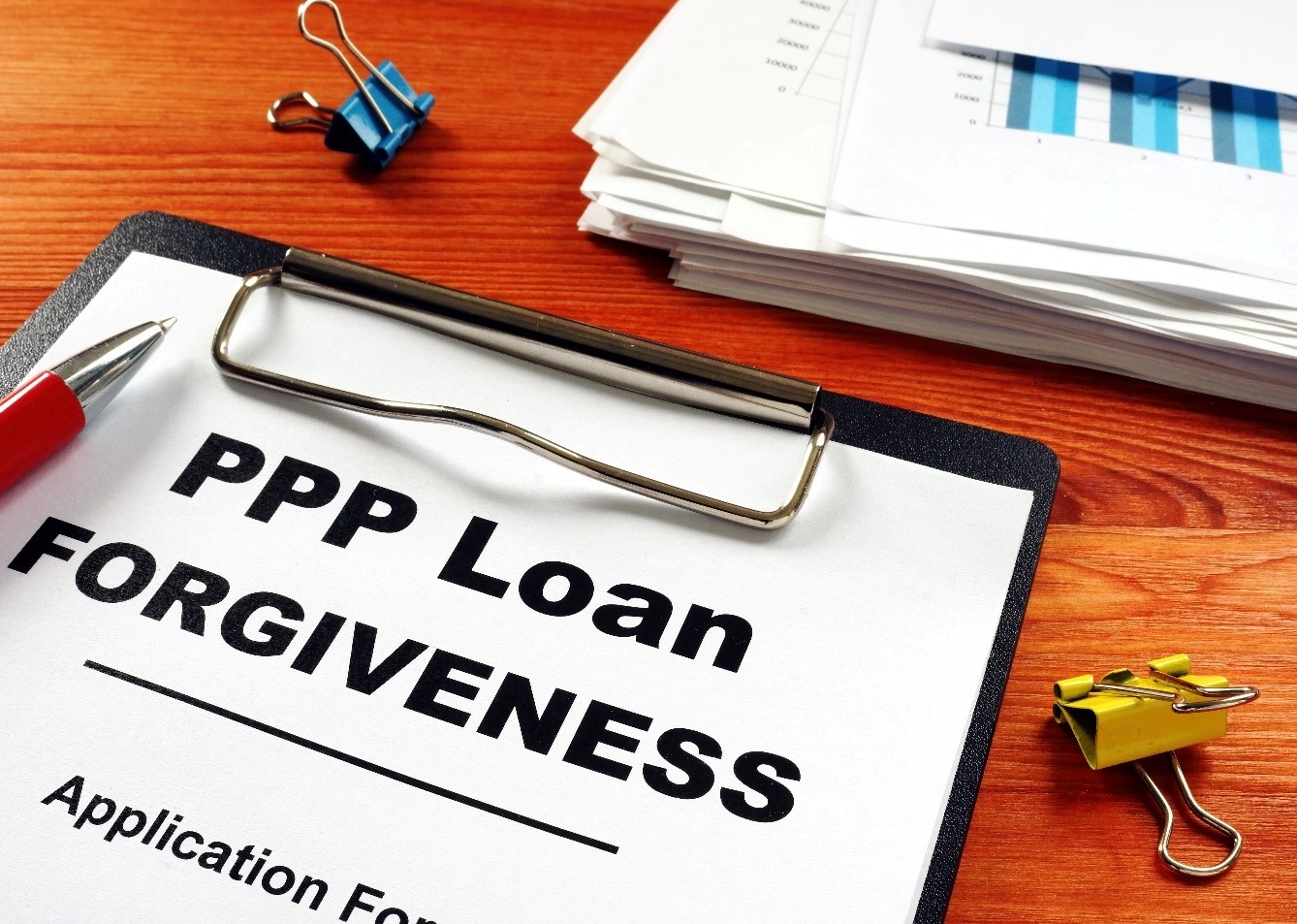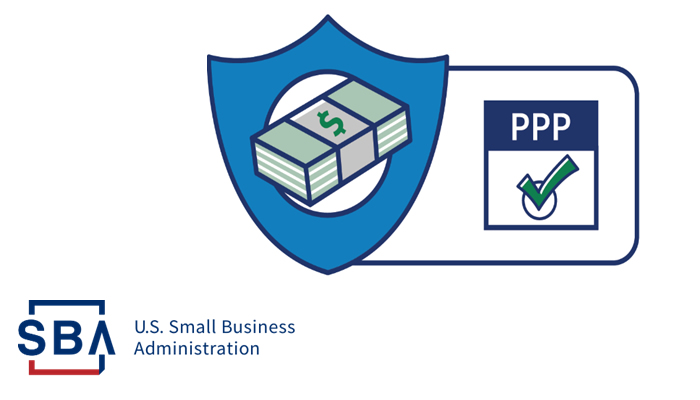 Dave Pelland has extensive experience covering the business use of technology, networking and communications tools by companies of all sizes. Dave's editorial and corporate experience includes more than 10 years editing an electronic technology and communications industry newsletter for a global professional services firm. Dave Pelland has extensive experience covering the business use of technology, networking and communications tools by companies of all sizes. Dave's editorial and corporate experience includes more than 10 years editing an electronic technology and communications industry newsletter for a global professional services firm.
|
Maintaining PPP Loan Records to Maximize Forgiveness
One of the most compelling aspects of the Paycheck Protection Program (PPP), enacted as part of the 2020 CARES (Coronavirus Aid, Relief, and Economic Security) Act, is the potential forgiveness of all or part of the loans designed to maintain small business employment during the height of the pandemic. Achieving the maximum forgiveness, however, is going to require maintaining and providing a wide array of documentation that may have to be generated by different systems and in varying formats. To ensure full advantage of the PPP’s provisions, small business owners will have to examine their technology infrastructure and financial management tools so that they are able to prepare and submit the required PPP documentation. Understanding PPP / New PPPFA The PPP authorizes companies with fewer than 500 employees to borrow up to $10 million to cover expenses, including payroll, rent, utilities, and mortgage interest. The loans may be forgiven, in full or in part, if business owners spend the majority of their borrowed funds for maintaining payroll — salaries, health insurance and retirement contributions — for a certain period following the loan’s origination date. Other eligible expenses include certain rent, utility, and interest payments. Loan amounts are based on 2.5 times the average monthly payroll costs in 2019 or over the past 12 months. Initially, the PPP required that the proceeds be spent within eight weeks. However, the recent enactment of the Paycheck Protection Program Flexibility Act (PPPFA) has extended that period to the earlier of 24 months or by December 31, 2020, although borrowers who took a loan out under the original PPP may still opt to use the eight-week period. Any portion of the loan that is not forgiven must be repaid over two years at a one percent interest rate, for those who took the loan out under the initial PPP, or five years for those who took it out after the enactment of the PPPFA. The new law lowers the requirements that 75 percent of a borrower’s loan proceeds must be used for payroll costs.¹ The Small Business Administration and the Department of the Treasury have yet to issue guidance or regulations on this new law, so borrowers should look for more specifics which are subject to change. Making the determination about forgiveness will require a variety of records, such as data that is exported from payroll services, financial management platforms, and banking websites, as well as scans of printed documents. Assembling and maintaining these records will be a time-consuming process for business owners and their bookkeepers and accountants. Another important reason for maintaining accurate records is that loans greater than $2 million will be subject to audits to confirm the original need for the loan and to ensure the funds were spent appropriately. That process is likely to take months and potentially years to complete, so you may need to produce records several years from now. The SBA, for instance, says borrowers should maintain loan records for 10 years. 
Images via SBA.gov Record Storage Given this potential delay, cloud storage of these important records will provide a safer option than keeping records on a local device from which you may not be able to retrieve information in a few years. Be sure to keep several backups of this data as well. Some of the records that business owners will need to maintain include:
Most of this data will need to be tracked in spreadsheets or your financial management system. Talk with your lender about their preferred format or specific requirements, such as scanned copies of agreements that were in place before the pandemic began. You’ll also need to store all correspondence with your lender, both by email and written, about the original need for a loan and your application. Documenting spending and maintaining accurate records now can pay important dividends in determining the forgiveness of your company’s PPP loan. 1.https://home.treasury.gov/index.php/news/press-releases/sm1026 Read other technology articles |